 Most of the time, excess fat is undesirable for women and men alike, with the most common exception to this rule being the breasts. Whereas many women would be happy to see the continued development of their breasts, any extra tissue in this area can be a source of embarrassment for men. Called gynecomastia, the overdevelopment of male breasts is a problem with multiple possible causes but few treatment options. Once breasts have been enlarged for over a year, the most effective treatment is through plastic surgery.
Most of the time, excess fat is undesirable for women and men alike, with the most common exception to this rule being the breasts. Whereas many women would be happy to see the continued development of their breasts, any extra tissue in this area can be a source of embarrassment for men. Called gynecomastia, the overdevelopment of male breasts is a problem with multiple possible causes but few treatment options. Once breasts have been enlarged for over a year, the most effective treatment is through plastic surgery.
Don’t let these unwanted curves detract from your self-image. Understand what may be the underlying cause of your gynecomastia, and how the right procedure at our Milwaukee office can help.
Symptoms of Gynecomastia
Gynecomastia is simply the swelling of male breast tissue, resulting from any of a number of causes. In most instances, the only effect is enlarged breasts, making the condition relatively harmless to one’s health. However, some men also experience tenderness or sensitivity, particularly around the nipple. In addition, gynecomastia may be mistaken for a tumor or mask the underlying symptoms of one. As a result, patients should always speak with their doctor regarding any unexpected tissue growth.
The severity of gynecomastia varies among patients. Whereas some may experience only a slight degree of excess tissue, others may develop larger or asymmetrical breasts. Consequently, the desire for treatment is often a matter of a patient’s own goals for his body.
Causes of Gynecomastia
The most common cause of male breasts is due to a fluctuation or abundance of natural hormones. All men contain certain levels of testosterone and estrogen, with the former being primarily responsible for masculine characteristics and the latter primarily responsible for feminine ones. At various times in a man’s life, hormonal activity may result in the development of breasts – namely, during infancy, puberty, and between the ages of 50 and 80. Although most cases resolve themselves within months or a couple of years, some men are stuck with the swollen tissue.
Aside from the natural presence of estrogen, various other factors may increase one’s risk of gynecomastia:
- Medications: Some drugs may be directly responsible for gynecomastia. These include androgens, anti-androgens, steroids, HIV/AIDS medications, anti-anxiety medications, antidepressants, antibiotics, and chemotherapy. Speak with your doctor concerning the possible effects of any specific medication.
- Recreational drugs: Recreational substances such as marijuana, amphetamines, methadone, and heroin are known to cause enlarged male breasts, as is the excessive use of alcohol.
- Testosterone deficiency: Conditions that inhibit the production of testosterone, such as Klinefelter syndrome or a pituitary disorder, can lead to gynecomastia. Some tumors, depending on their placement within the body, may similarly affect testosterone levels.
- Organ failure: Kidney and liver failure, as well as hyperthyroidism, can result in significant hormonal changes.
- Poor nutrition: Malnutrition may lower one’s testosterone level and result in gynecomastia, even after a man resumes a proper diet.
Treatment for Gynecomastia
When gynecomastia is the result of natural hormonal changes, such as during adolescence, men are advised to wait and see if their body reverts to normal. If the changes persist, a regimen of hormone therapy may help restore proper testosterone and estrogen levels, thereby reducing the prevalence of breasts. However, this treatment is not always effective.
To directly achieve a more masculine chest, patients should consider male breast reduction surgery through liposuction and/or tissue excision. The surgical process is as follows:
- You will be given general anesthesia or a combination of local anesthesia and sedation to curb discomfort during surgery.
- If breasts are primarily caused by fat, liposuction will be performed. Small incisions will be made under or around the breast, through which a small tube will be inserted. Fatty tissue will then be broken up and removed, contouring the area for a flatter appearance.
- If glandular breast tissue poses a problem, it will be removed through small incisions, using endoscopic tools for excision.
- In many cases, excess skin will be removed from the breast and remaining skin will be pulled taut before being sutured in place. The nipple may also need to be repositioned afterward.
The exact surgical technique depends on the type and amount of tissue present in the breast. Speak with your surgeon to gain a better understanding of what you can expect from treatment.
Contact Us
To learn more about gynecomastia and how it may be treated, contact our office to schedule a consultation with Dr. McCall.








